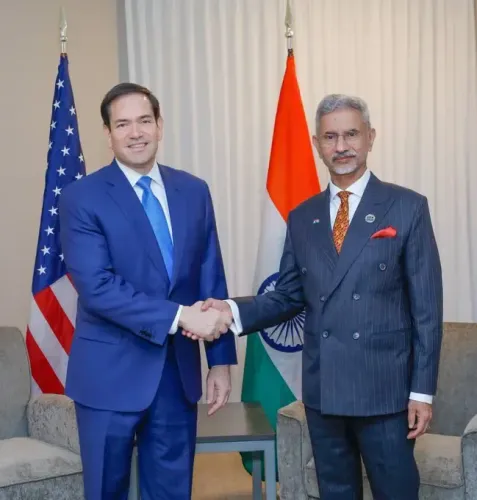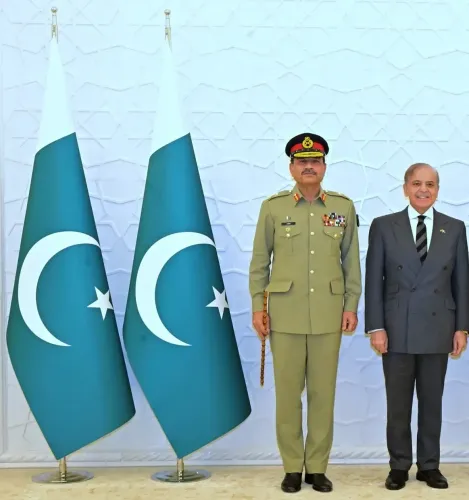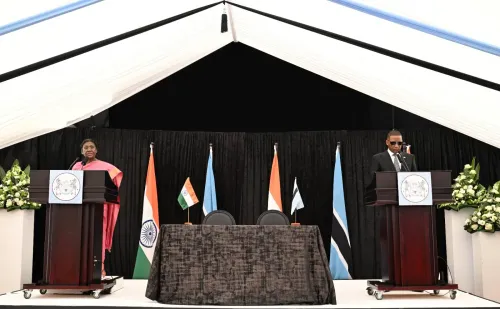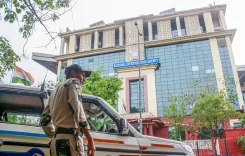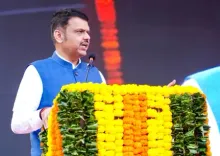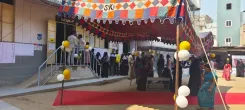What Sparked the Nationwide Protests Following LA?
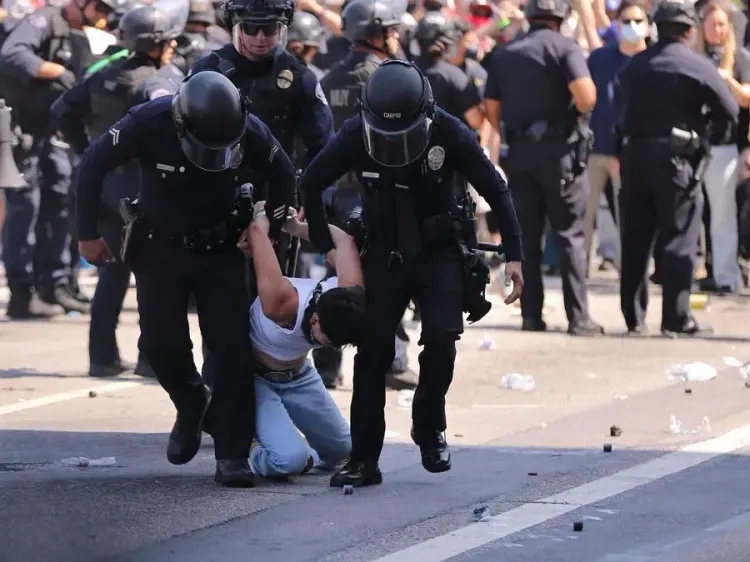
Synopsis
Key Takeaways
- Protests have spread nationally against immigration policies.
- Key cities like LA, Chicago, and New York are heavily involved.
- National Guard troops have been deployed to maintain order.
- Legal challenges against military involvement are underway.
- These events raise critical questions about state versus federal power.
New York, June 11 (NationPress) Protests against the Trump administration's immigration policies have escalated, spreading significantly beyond Los Angeles. Reports indicate that thousands have gathered in over two dozen cities across the United States.
In Los Angeles, demonstrators temporarily halted traffic on the 101 Freeway, while in Chicago, large crowds marched through major areas of downtown, causing brief traffic disruptions. Police helicopters monitored the situation as protesters navigated around immobilized buses, with one Chicago Transit Authority (CTA) bus displaying anti-police and anti-ICE (Immigration and Customs Enforcement) graffiti. The Chicago Tribune noted that there were no immediate arrests.
Similar protests were reported in New York, where demonstrators filled the streets of Lower Manhattan near the federal immigration office. In Atlanta, around 1,000 individuals lined Buford Highway, later marching into Doraville, leading to a standoff with local law enforcement.
Protests also spread to San Francisco, Seattle, Houston, Dallas, San Antonio, and Washington, D.C., with varying levels of police presence and tension throughout.
According to NBC News, arrests occurred in both New York and San Francisco, while the rallies in Houston and San Antonio proceeded peacefully.
In Austin, local law enforcement issued warnings for drivers to be alert for large pedestrian groups advocating for the Los Angeles protests.
These demonstrations come amid escalating political and legal disputes in California regarding the deployment of military forces for immigration enforcement.
During a speech at Fort Bragg commemorating the 250th anniversary of the U.S. Army, President Donald Trump labeled Los Angeles protesters as "animals" and a "foreign enemy." He described their actions as an "invasion" and justified the deployment of around 4,000 National Guard troops and 700 Marines to the city. Trump vowed to "liberate" Los Angeles and restore it to being "free, clean, and safe," even hinting at invoking the Insurrection Act. He further warned that any disturbances during an upcoming military parade in Washington, D.C., would meet with "very big force."
In reaction, California Governor Gavin Newsom filed an emergency lawsuit in federal court to halt the military's deployment, citing the Posse Comitatus Act and the Tenth Amendment, asserting that the action is unconstitutional and a severe violation of state sovereignty.
Los Angeles Mayor Karen Bass backed the legal challenge and announced a downtown curfew from 8 p.m. to 6 a.m., warning that arrests would follow for those who violate this order.
The Pentagon stated that this deployment, aimed at securing federal properties and assisting ICE operations, is anticipated to last 60 days and cost approximately $134 million, covering logistics, equipment, and personnel. Some National Guard units were deployed shortly after initial protests, which included blocking highways and vandalizing property in central Los Angeles, according to the Xinhua news agency.
This escalating confrontation has ignited a broader national debate regarding the militarization of domestic law enforcement, emphasizing the deep-rooted tensions between state and federal authority. It raises critical questions about the balance of power and the political implications of immigration enforcement in American cities.
As protests continue to grow nationwide, a federal judge in California has set a hearing for Thursday afternoon regarding the state's request to limit the use of military personnel by the federal government.

